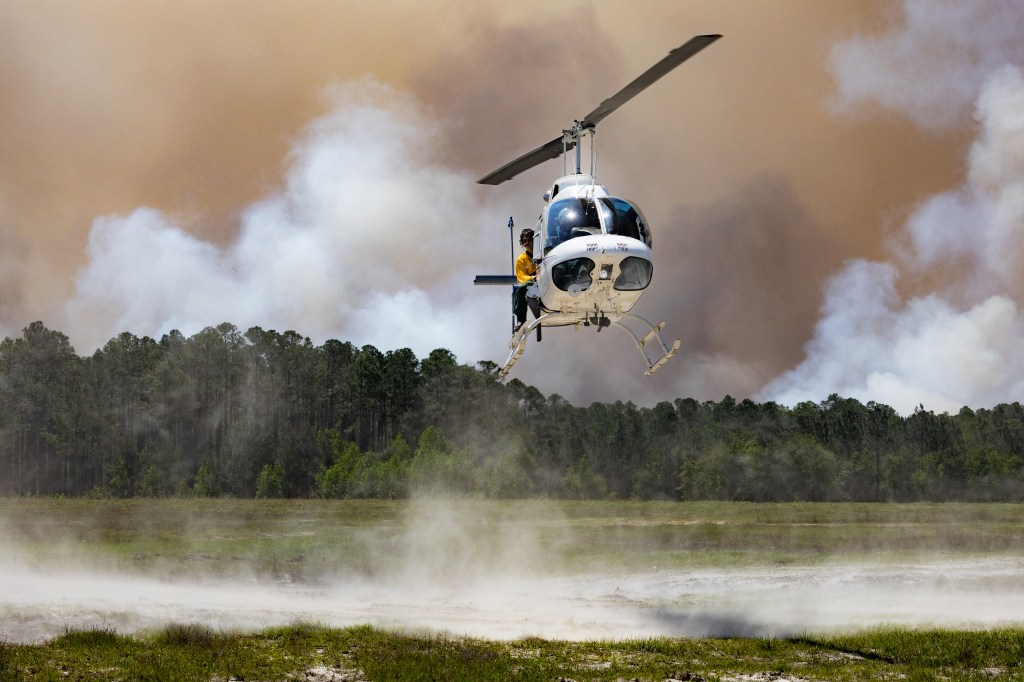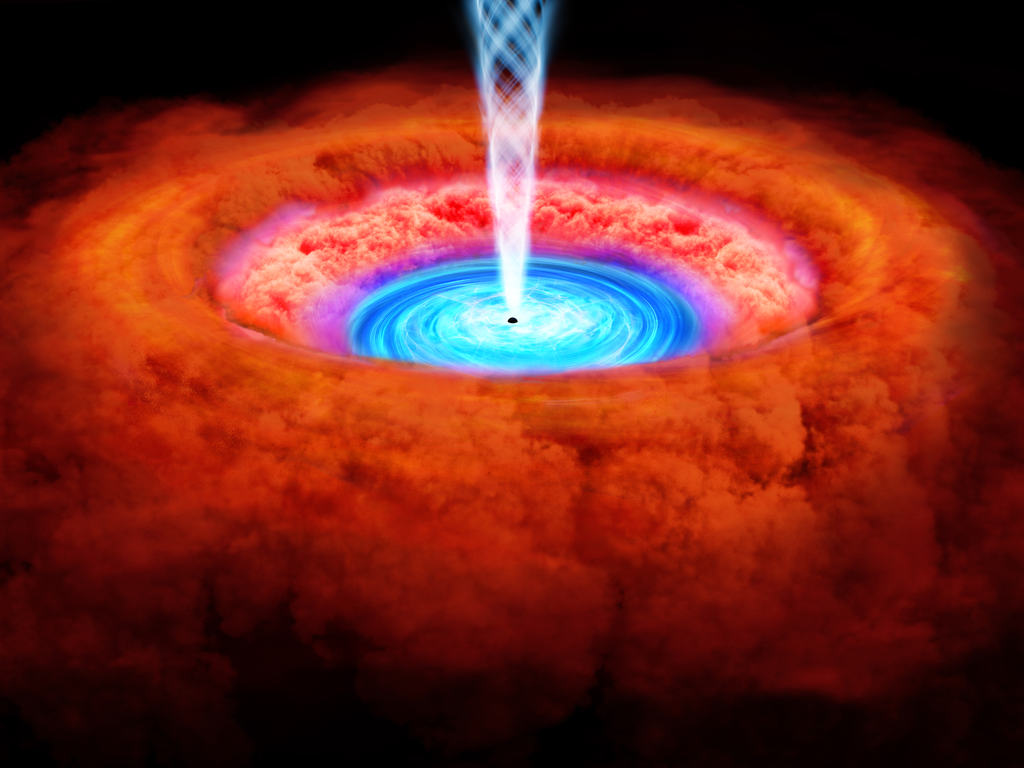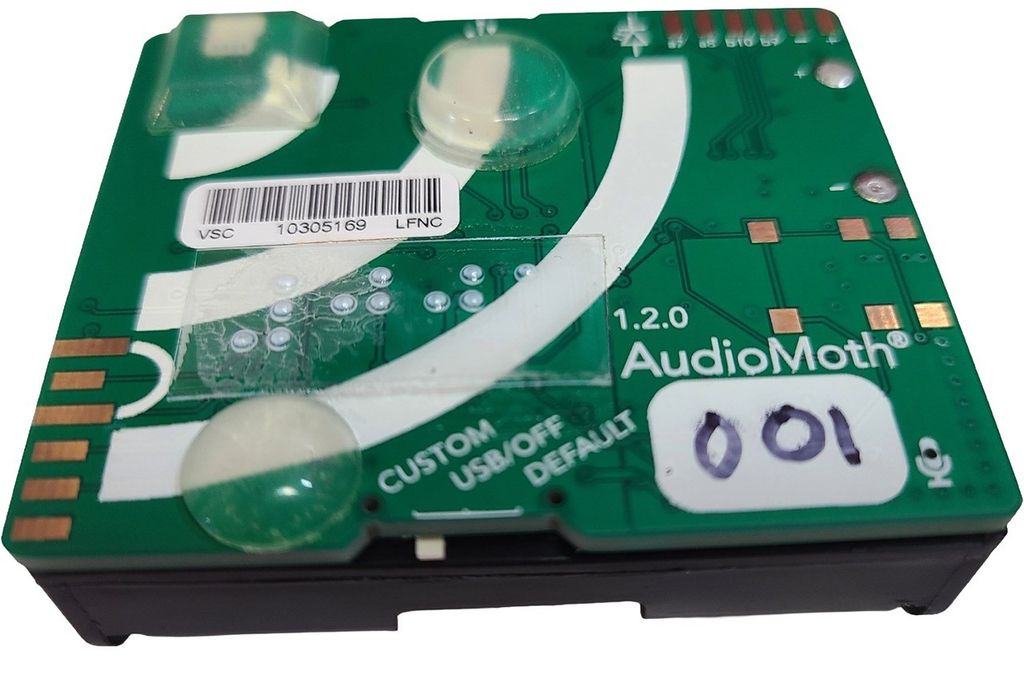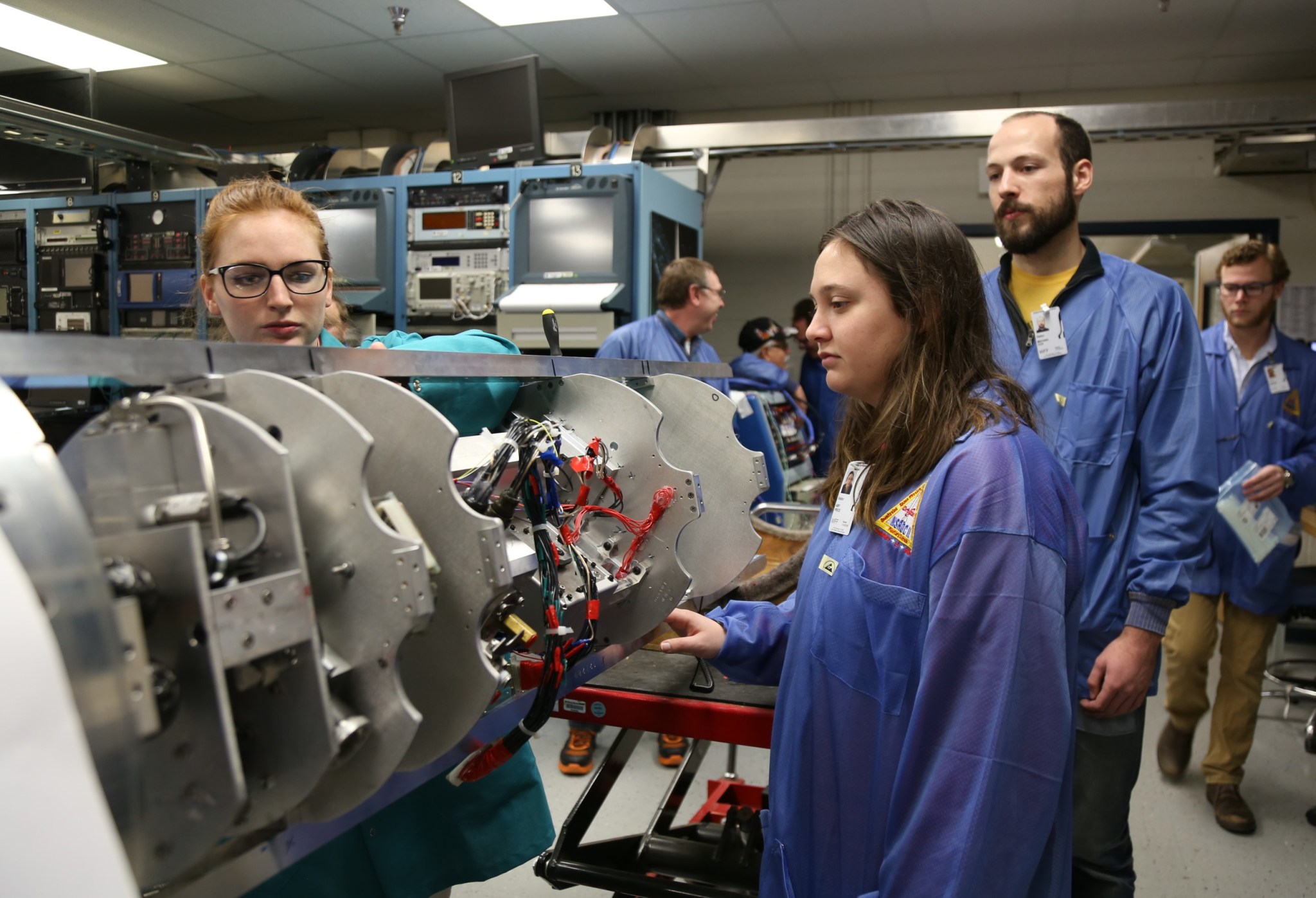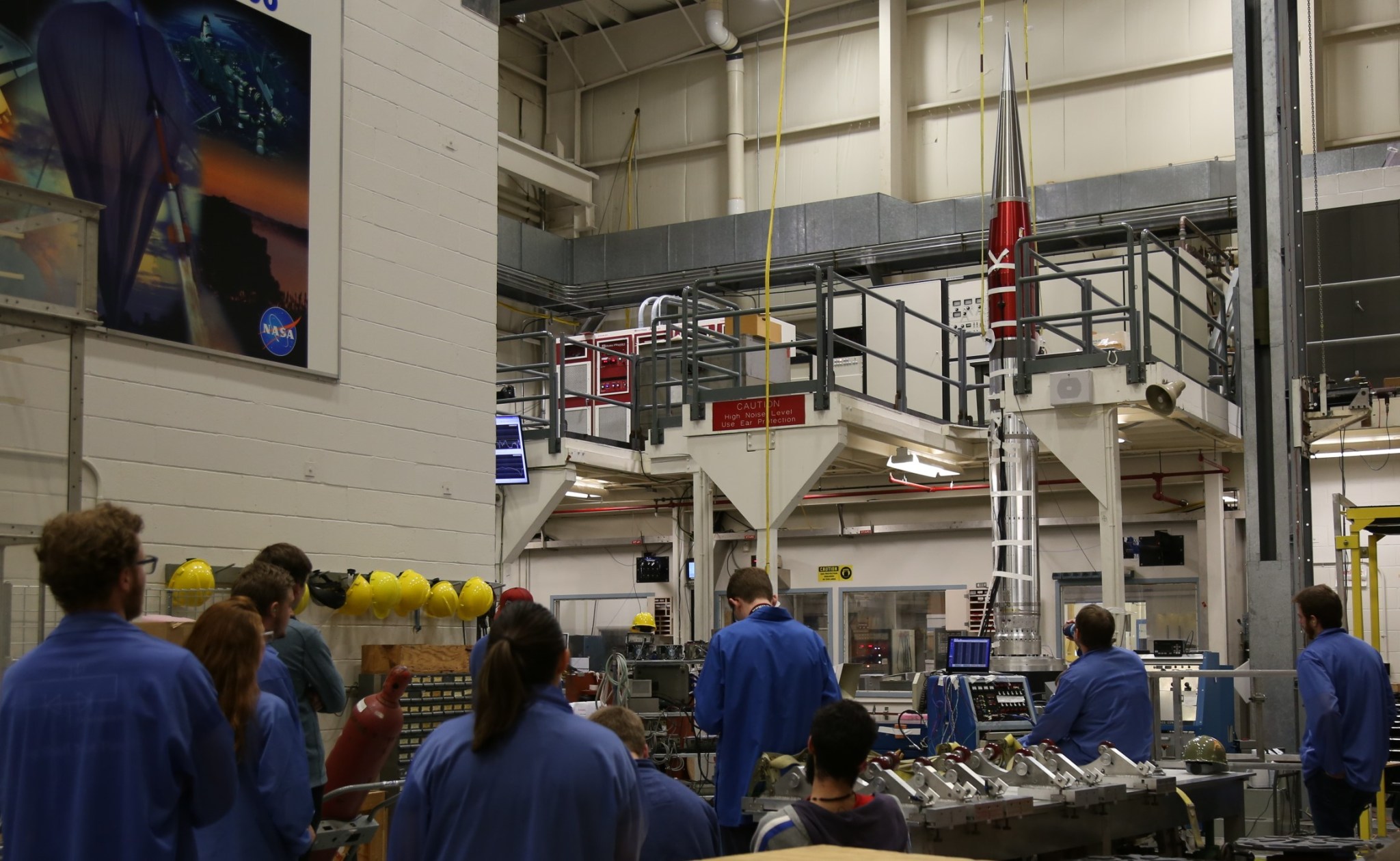UPDATE 4:50 a.m., Saturday, March 24: The launch of a Terrier-Improved Malemute sounding rocket scheduled for today has been postponed to Sunday, March 25, because of rough seas that are not acceptable to conduct payload recovery operations. The launch window remains the same at 6:30 to 10:30 a.m. The rocket is carrying four undergraduate student experiments through the NASA University Student Instrument Program. The NASA Visitor Center opens at 5:30 a.m. for launch viewing. Live audio coverage on the Wallops Ustream site begins at 6 a.m. and Facebook Live coverage starts at 6:15 a.m.
UPDATE 12:45 p.m., March 22: Because of expected rough seas that will not be acceptable to conduct payload recovery operations, the launch of the University Student Instrument Project (USIP) payload has been postponed to Saturday, March 24. The launch window remains 6:30 – 10:30 a.m. EDT. The backup launch day is Sunday, March 25. Live coverage on the Wallops Ustream site begins at 6 a.m. and Facebook Live coverage begins at 6:15 a.m. The NASA Visitor Center at Wallops will open at 5:30 a.m. for launch viewing.
Original Story:
Undergraduate students from across the United States will see the fruits of their efforts when their technology development projects fly on a NASA sounding rocket at 6:30 a.m. EDT, March 22, 2018, from the agency’s Wallops Flight Facility in Virginia.
Student teams from four universities will be flying projects that include propulsion systems for small spacecraft; a new wire insulation material; a small reentry spacecraft; and a deployable boom and solar blanket for small satellites.
Joyce Winterton, Wallops’ senior advisor for education and leadership development, said, “The four universities were selected in 2016 to participate in the NASA Undergraduate Student Instrument Project or USIP. The teams are not only exploring projects that may impact future spaceflight but they are getting invaluable experience that will propel them into their future careers.”
Participating universities and their projects are:
Florida Institute of Technology, Melbourne: The flight will test a new wire insulation repair material in a microgravity, near vacuum environment. The test samples will be subjected to a series of tests after retrieval to inspect the material and verify effectiveness in the space environment.
University of Kentucky, Lexington: A small entry spacecraft will be deployed during flight to test and demonstrate a communications system, release mechanism and thermal protection system design for application in future research.
Utah State University, Logan: The flight will test an arc-ignition, green propellant CubeSat thruster system. During the flight test, measurements will be gathered in order to assess the potentially harmful effects of plume contamination on spacecraft optical sensors, external electronics and solar panels.
University of Nebraska – Lincoln: Partnering with NASA’s Langley Research Center in Hampton, Virginia, the team will test a deployable and retractable boom and solar blanket for space applications, including sounding rockets, CubeSats and small satellites.
The experiments will fly on a 43-foot tall Terrier-Improved Malemute sounding rocket to an altitude of approximately 100 miles. Following the flight, the experiments will descend by parachute and land in the Atlantic Ocean about 70 miles from Wallops Island. They will be recovered and returned to the students later in the day.
The launch window for the USIP mission is 6:30 – 10:30 a.m. The backup launch days are March 23 and 24.
The NASA Visitor Center at Wallops will open at 5:30 a.m. EDT on launch day for viewing the flight. Live coverage of the mission is scheduled to begin at 6 a.m. on the Wallops Ustream site. Launch updates also are available via the Wallops Facebook and Twitter sites. Facebook Live coverage begins at 6:15 a.m. The rocket launch is expected to be seen from the eastern shore of Virginia and Maryland.
Smartphone users can download the “What’s Up at Wallops” app for information on the launch as well as a compass showing the precise direction for launch viewing.
Wallops managers serve as USIP technical advisors for these four cooperative agreements on behalf agency’s Office of Education and the Science Mission Directorate. In 2016 NASA selected an additional 43 university experiments to fly on orbital and suborbital vehicles including rockets, aircraft, balloons and CubeSats through a cooperative agreement competition for members of NASA’s 52 Space Grant Consortia and other eligible higher education institutions.
NASA’s Sounding Rocket Program is conducted at the agency’s Wallops Flight Facility, which is managed by NASA’s Goddard Space Flight Center in Greenbelt, Maryland. Orbital ATK provides mission planning, engineering services and field operations for the NASA Sounding Rocket Operations Contract. NASA’s Heliophysics Division manages the sounding rocket program for the agency.









